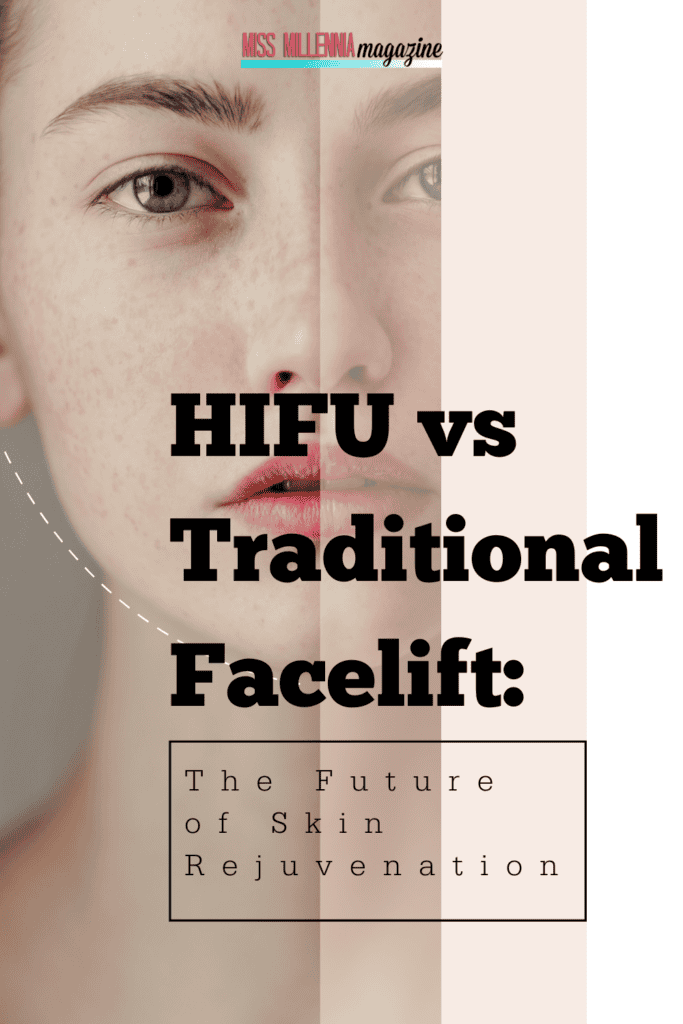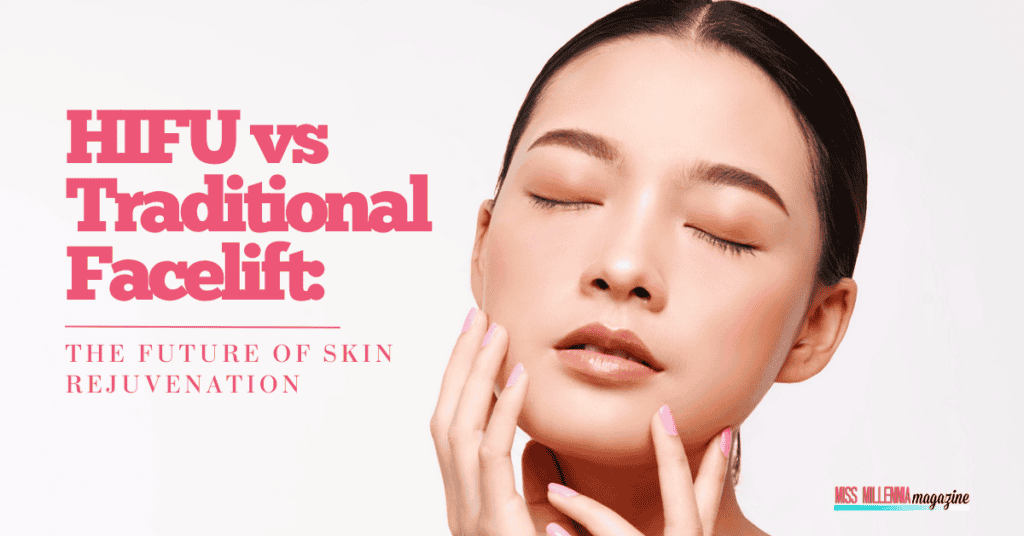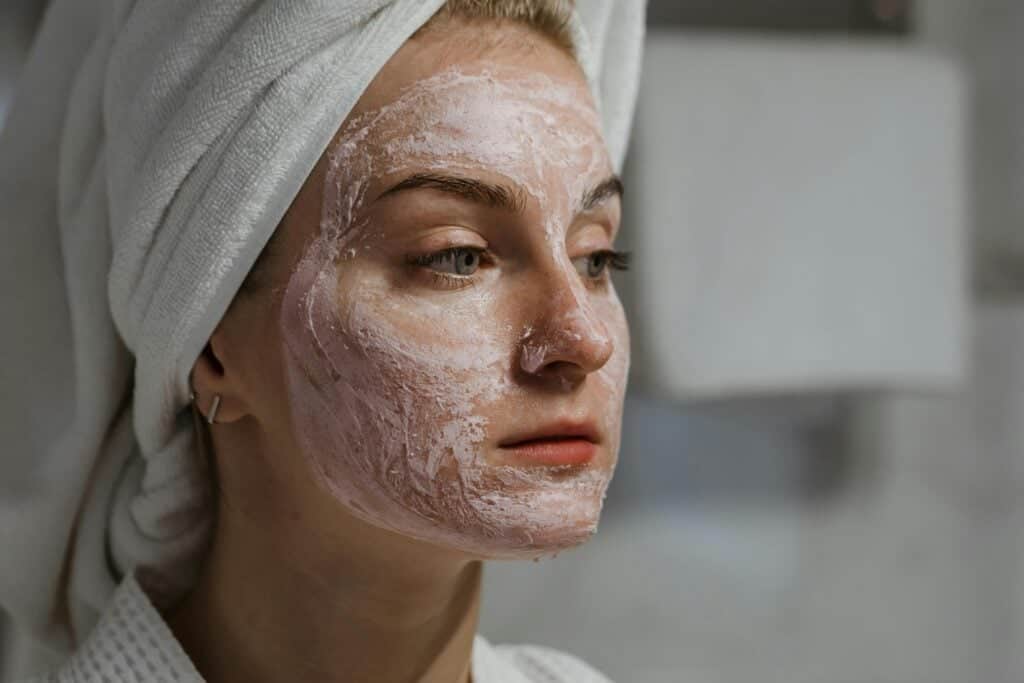

The beauty and skincare industry constantly evolves, offering innovative solutions to turn back the clock. If you want to rejuvenate your skin, you’ve likely come across two popular options—HIFU vs traditional facelift. These procedures are not only trending but are also reshaping how we approach anti-aging. In this blog post, we’ll explore HIFU vs traditional facelift treatments, helping you understand their differences, benefits, and which might be the best for you.
Understanding HIFU and Traditional Facelift
High-intensity focused Ultrasound (HIFU) is a noninvasive procedure that uses ultrasound energy to stimulate collagen production in the skin. The method involves focusing ultrasound waves to heat specific layers of tissue, promoting natural healing processes. This leads to firmer and tighter skin without surgical intervention. Unlike traditional facelifts, HIFU doesn’t require incisions or downtime, making it an appealing choice for those seeking less invasive options.

A traditional facelift, medically known as rhytidectomy, is a surgical procedure aimed at reducing the appearance of facial wrinkles and sagging. During a facelift, the skin is lifted, and excess tissue is removed or repositioned. This approach provides a more dramatic transformation compared to non-surgical methods, with results that can last several years. However, it requires anesthesia and recovery time and carries the risks associated with surgery.
Key Differences
The most significant difference between HIFU vs traditional facelift treatments lies in their approach. HIFU is a non-invasive technique using focused energy, while a facelift is a surgical procedure. HIFU suits those wanting a subtle enhancement, whereas a traditional facelift caters to individuals seeking significant change. Both methods offer distinct paths to youthful skin, depending on your goals and comfort with surgical options.
Effectiveness and Results
When considering skin rejuvenation, understanding the effectiveness and results of HIFU vs traditional facelifts is essential. Each treatment has its own set of outcomes, recovery processes, and longevity of results.

Comparing Results
When it comes to effectiveness, each method has its strengths. HIFU offers gradual improvements over months as collagen regenerates in the skin. You can expect tighter skin and reduced fine lines, with results lasting up to a year or more. In contrast, a traditional facelift delivers immediate and dramatic changes in appearance, with results that can endure for five to ten years.
Longevity of Results
While HIFU provides a non-surgical refresh, its effects are shorter than those of a surgical facelift. The duration of your results depends on skin type, lifestyle, and aftercare. Regular maintenance sessions can prolong HIFU’s benefits. On the other hand, a facelift requires a longer recovery period but offers longevity that appeals to those seeking more permanent solutions.
Satisfaction Rates
Satisfaction rates vary between individuals and largely depend on expectations and desired outcomes. Many find HIFU appealing for its non-invasive nature and minimal downtime, leading to high satisfaction among those seeking mild improvements. Traditional facelifts, with their more dramatic results, also enjoy positive feedback, particularly from those aiming for significant change.
Safety and Side Effects
HIFU vs traditional facelifts have established safety profiles but differ in risk. HIFU is safe with minimal side effects, like temporary redness or swelling. Choosing a qualified practitioner is essential to ensure proper treatment and avoid complications. Conversely, a facelift involves surgical risks such as infection, scarring, and anaesthesia-related concerns.
HIFU users might experience slight discomfort during treatment, akin to tiny electric pulses. Post-treatment effects generally subside quickly, and everyday activities can resume immediately. Recovery can involve bruising and swelling, and facelifts require rest and care. Healing times vary, and it’s crucial to follow medical advice for optimal recovery.
Long-term considerations include the potential need for touch-up treatments. HIFU may require yearly sessions to maintain effects while longer-lasting facelifts could need revision surgeries as aging progresses. When choosing the correct procedure, weighing these factors against your lifestyle and preferences is essential.
Who is an Ideal Candidate for HIFU and Traditional Facelift?
HIFU is suitable for individuals with mild to moderate skin laxity who seek a subtle lift without surgery. It appeals to those with realistic expectations who understand the gradual nature of results. Ideal candidates often prefer minimal downtime and are open to periodic treatments to sustain youthful appearances.
A traditional facelift is ideal for individuals with significant sagging and deep wrinkles who desire more noticeable results. Candidates should be healthy and aware of the surgical nature and recovery requirements. This option suits those seeking a comprehensive rejuvenation and are comfortable with the surgical process.
Suitability Based on Goals
Your goals play a crucial role in choosing the correct procedure. HIFU is excellent for prevention and early intervention, while a facelift addresses advanced aging signs. Consulting with qualified professionals helps determine the most suitable option based on your skin condition and expectations.
Cost Comparison
HIFU treatments generally cost less than surgical facelifts, making them accessible for individuals seeking budget-friendly options. Prices vary by location, clinic, and treatment area, so it’s wise to research and consult practitioners for accurate estimates.

Traditional facelifts involve higher costs due to surgical fees, anesthesia, and facility expenses. While the initial investment is significant, the extended results might justify the expenditure for some individuals. Financing plans and consultations with experienced surgeons can help manage costs effectively.
Weighing Costs Against Benefits
When making cost decisions, carefully evaluating the benefits and results you hope to achieve is essential. While the affordability and minimal downtime of HIFU may be appealing, a facelift could offer more excellent value through its long-lasting effects. Your budget, expectations, and comfort level with undergoing surgery should all be taken into account in guiding your decision-making process. By contemplating these factors, you can make an informed choice that aligns with your needs and desires.
Conclusion
HIFU vs traditional facelifts offers unique approaches to skin rejuvenation. HIFU provides a noninvasive option with gradual improvements, appealing to those seeking subtle enhancement. On the other hand, traditional facelifts deliver immediate and long-lasting results suited for individuals desiring significant transformation.
Choosing between the two depends on your goals, lifestyle, and comfort with surgical procedures. Consulting with qualified professionals can provide personalized insights and recommendations tailored to your needs. As you explore these options, consider the safety profiles, costs, and suitability for your desired outcomes.
